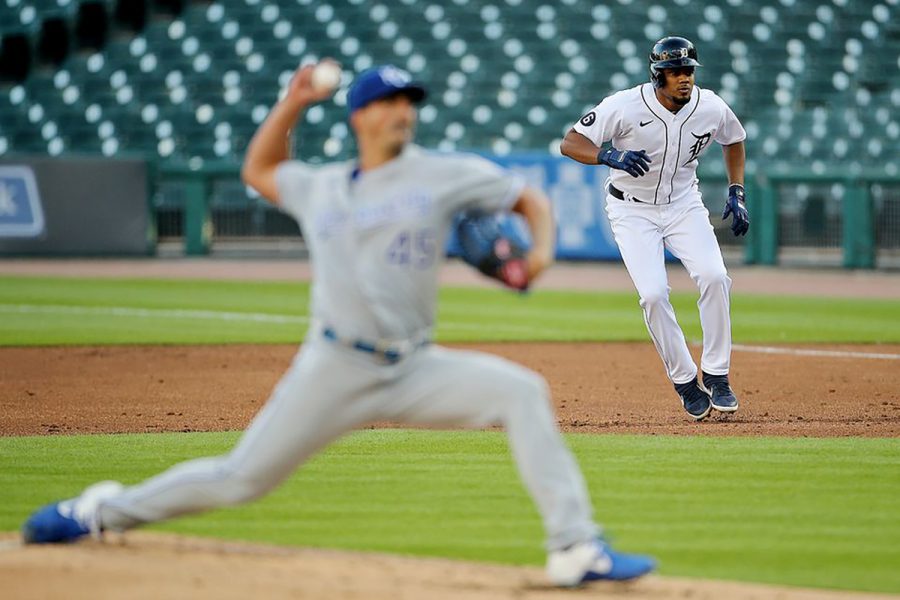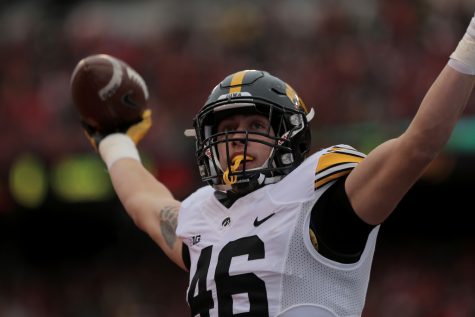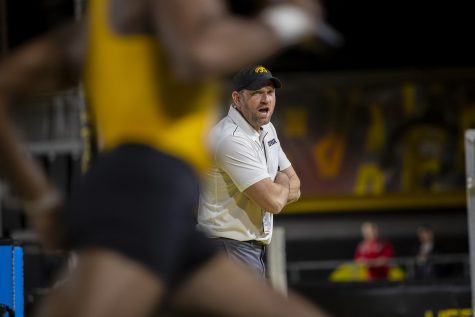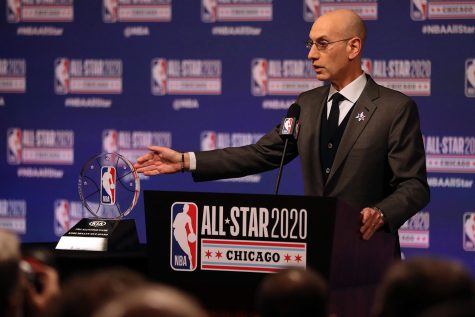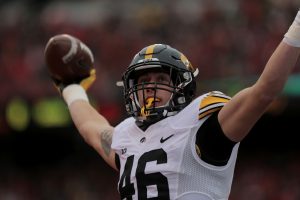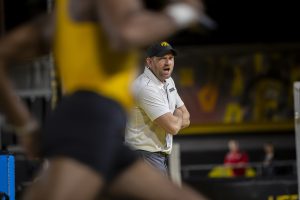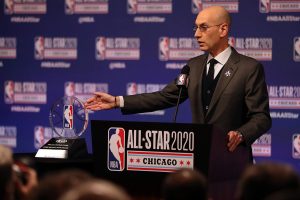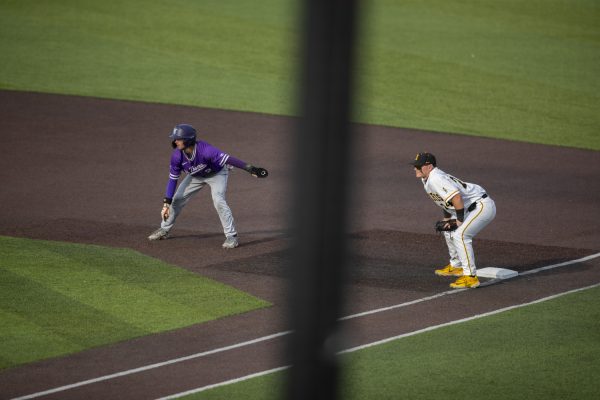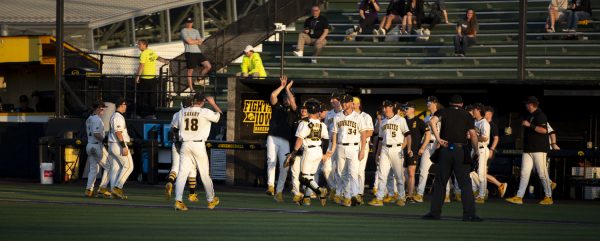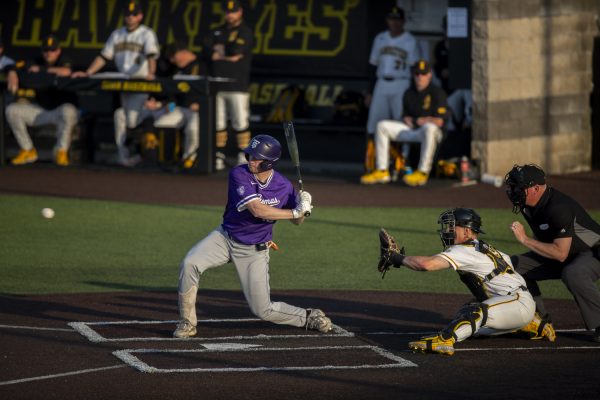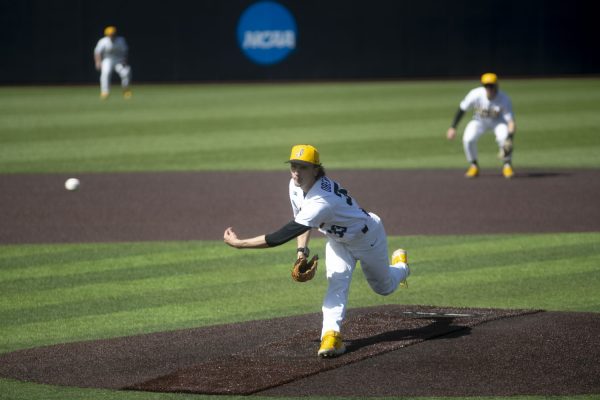Opinion | Major League Baseball needs to do better
Both the Miami Marlins and Philadelphia Phillies have had their seasons paused after a COVID-19 outbreak throughout the Marlins’ roster.
Detroit Tigers third baseman Jeimer Candelario (46) leads off first base as Kansas City Royals pitcher Kyle Zimmer (45) throws a pitch during their MLB game at Comerica Park in Detroit, on Tuesday, July 28, 2020.
July 29, 2020
Just four days into the MLB season, a team-wide COVID-19 outbreak was announced.
The Miami Marlins have announced 18 positive cases, 16 players and two coaches, and have had their season paused by the league through at least August 2.
Despite the outbreak less than a week into the season, Major League Baseball does not seem very concerned about what this means for the rest of the season.
RELATED: Major League Baseball starts its season amid COVID-19 pandemic
In a statement, Commissioner Rob Manfred stated that the only way that COVID-19 could become a league-wide issue is if it “rendered a team completely non-competitive.”
But what’s the definition of non-competitive? Having half the 30-man roster and two coaches test positive seems pretty non-competitive.
The Marlins are shut down through the end of the weekend, affecting games against the Baltimore Orioles and the Washington Nationals. The Philadelphia Phillies, out of an abundance of caution after recently playing the Marlins, are shut down until at least Friday, affecting games against the New York Yankees, who are now playing the Orioles instead.
With 60 games in 66 days, there is not a lot of time to make up a week’s worth of games.
And this will not be the only team outbreak this season. No matter how careful players and coaches can be on the road, they’re still interacting with pilots, flight attendants, clubhouse attendants, and hotel employees.
When negotiating for the beginning of the season, a baseball “bubble” similar to the NBA’s was considered, but both the players and the owners agreed that it would be too difficult to find somewhere that would house 30-man rosters and coaches for multiple months at a time. They came to a compromise by deciding to only play teams in their geographical divisions, but that doesn’t mean that there is no risk.
An article in the Wall Street Journal outlines the three major problems in the MLB return to play protocol: their playing schedule, testing schedule, and protocols for what happens in between games.
With the MLB playing schedule, teams play almost every day, and multiple teams a week in different locations. And with testing only every other day, players could have played a game and traveled to a different city before they realize that they tested positive.
If the MLB is going to continue shuttling their players around the country, the least that they need to do is daily testing with results before games. Right now, it is taking up to 48 hours for teams to get their results back, and players are able to resume normal activities while waiting for their results. In the NBA bubble, players are tested daily, and isolated until their tests come back hours later. There have been no new infections of NBA players since the bubble started.
Players also have to be better about what they are doing and deciding, on and off the field. After four positive cases showed up on the Marlins roster on Friday, members of the team themselves decided that they should still play via a group text. Miguel Rojas, the Marlins shortstop who eventually tested positive for COVID-19, said that “[Not playing] was never the mentality.”
The Marlins “play through it” mentality got two teams shut down.
Letting teams decide if they can play on their own after multiple teammates test positive is a recipe for disaster across the league and will get the entire season shut down.
Columns reflect the opinions of the authors and are not necessarily those of the Editorial Board, The Daily Iowan, or other organizations in which the author may be involved.



